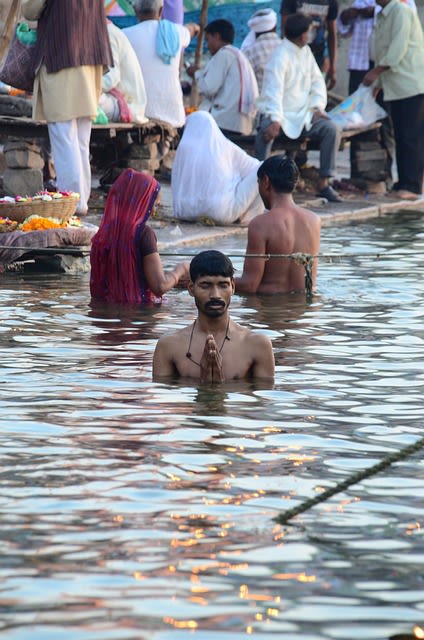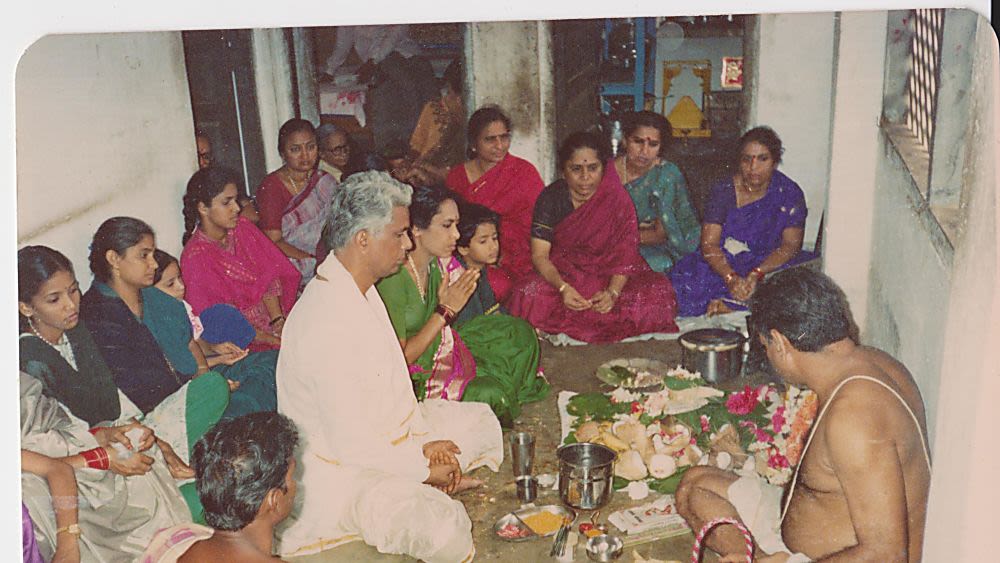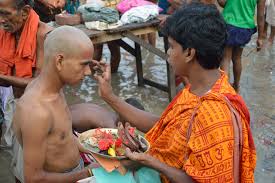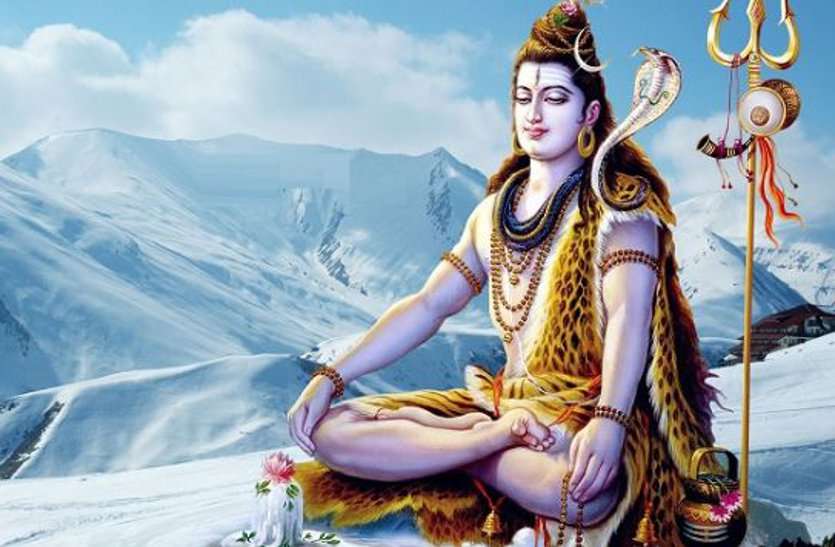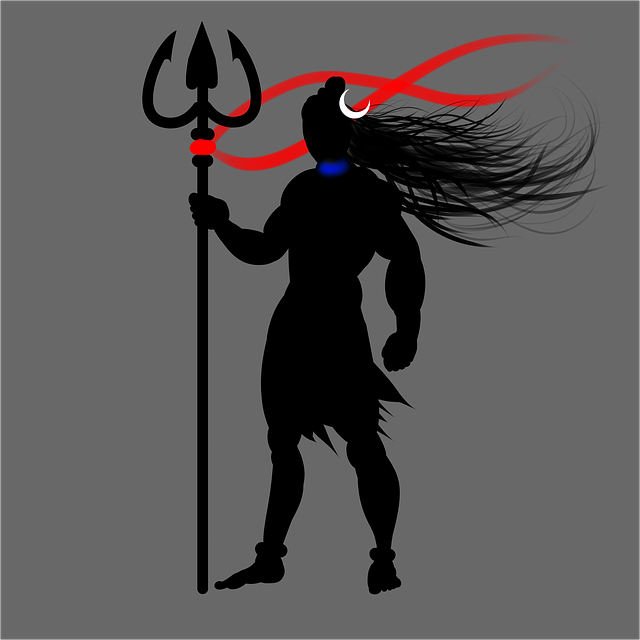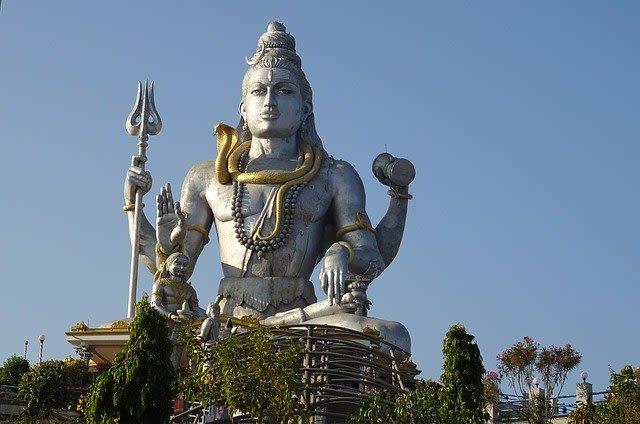Let go off the grudges and enjoy your Holi this year with your loved ones

Known to be the “Festival of Colours”, Holi is a festival celebrated with great joy & happiness accompanied by bright colours, offering sweets to everyone banishing all the negativity & grudges towards each other.
Observed throughout India, this holi festival is celebrated on a very grand scale in the state of Uttar Pradesh where people sing, dance and enjoy the rhythm of songs & dholak.
Symbolizing the triumph of good over evil & joy over misery, Holi festival is also celebrated to reflect the divine connection between the Lord Krishna and Radha.
Benefits
- Removes the tardiness and rejuvenates the human body of the season change
- The heat created in the bonfire/Holika Dahan kills the bacteria in your body
- Adding the chandan, flowers & leaves of Mango tree accelerates good health
- Strengthens the emotional bonding between the relations & people
- The use of natural colours have a great impact on our face & body, adding a glow & beauty on the face
- Cures the ailments and other deficiencies in the body
- Apart from physical benefits, this festival adds a vitality to your life and keeps you emotionally balanced
Celebrated on the full-moon day of Phalgun month(February-March), this festival also known as ‘Spring Festival’ is dedicated & thanked to God for showering his abundance of blessing in the harvest season.
It is also said that Lord Krishna out of jealousy of his dark colour over Radha’s fair skin, mischievously applied colour on Radha’s face. This lessened the negativity between them and poured-in the love showcasing the expression of love in them.
‘Holika Dahan’ is actually the lighting of bonfires where Hiranyakashyap wished to kill his son Prahlad through Holika, who is the sister of the former. However, Prahlad was saved but Holika was burnt to death.
People gathered on a large scale dance, sing and conduct a special ritual or puja and walk around the bonfire three times. Every state has its own style of celebrating this festival where women hit men with sticks for fun known as “Lathi-Maar”.
On the other hand, many farmers predict their harvest by placing a pot or vessel of barley seeds under the bonfire. The prediction is either done on the basis of the condition of the seeds or the direction of the flames.
The ashes of this bonfire is considered to be very sacred and are taken back by the people, believing that it will protect or shield them from the diseases.
